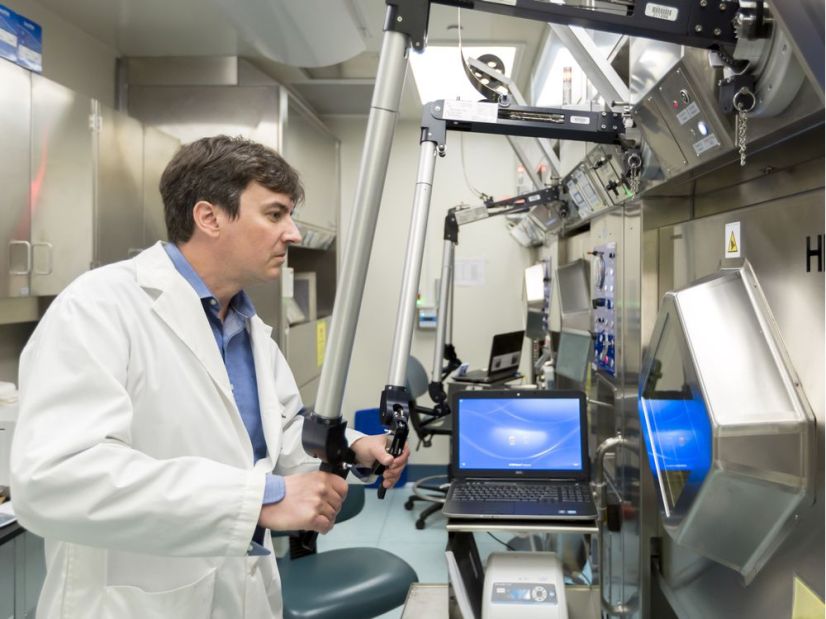Kevin Yang ⎜Feb 13, 2019 ⎜ Industry

Bone fracture healing is dependent upon the rapid migration and engraftment of bone marrow (BM) progenitor and stem cells to the site of injury. Stromal cell-derived factor-1 plays a crucial role in recruiting BM cells expressing its receptor CXCR4. Recently, a CXCR4 antagonist, plerixafor, has been used to mobilize BM cells into the blood in efforts to enhance cell migration to sites of injury presumably improving healing. (more…)
Tags: Cell Tracking isoSolutions PET Radiochemicals Research Zr-89
Kevin Yang ⎜Nov 5, 2018 ⎜ Industry

Radiolabeled somatostatin analog therapy has become an established treatment method for patients with well to moderately differentiated unresectable or metastatic neuroendocrine tumors (NETs). The most frequently used somatostatin analogs in clinical practice are octreotide and octreotate. (more…)
David T. Drummond ⎜Oct 29, 2018 ⎜ Industry

A generous donor has given the B.C. Cancer Foundation $18.346 million, but insists on remaining anonymous.
“Today marks an important moment in cancer research and care in Canada with one of the largest donations ever made to bring new treatment solutions to patients,” said¬†Sarah Roth, president and¬†CEO of the¬†B.C.¬†Cancer Foundation. (more…)
Kevin Yang ⎜Sep 21, 2018 ⎜ Industry

INTRODUCTION: Prostate-specific membrane antigen (PSMA) is an excellent prostate cancer target for theranostic applications. Many imaging agents showing high sensitivity/specificity for PSMA-expressing tissues have been developed. Some have been labeled with therapeutic radionuclides (i.e. 177Lu, 225Ac) and have had success in treating castration-resistant metastatic prostate cancer. The activity administered to patients is limited by toxicity to normal organs;
Kevin Yang ⎜Sep 12, 2018 ⎜ Industry

This first-in-human study demonstrated that 177Lu-EB-PSMA-617 had higher accumulation in mCRPC and that low imaging dose appears to be effective in treating tumors with high 68Ga-PSMA-617 uptakes. Elevated uptakes of 177Lu-EBPSMA-617 in kidneys and red bone marrow were well tolerated at the administered low dose. Further investigations with increased dose and frequency of administration are warranted. (more…)
Kevin Yang ⎜Sep 6, 2018 ⎜ Industry

Prostate cancer is the most frequently diagnosed malignant tumor in men worldwide. Prostate-specific membrane antigen (PSMA) is a surface molecule specifically expressed by prostate tumors and has been shown to be a valid target for internal radionuclide therapy in both preclinical and clinical settings. The most common radiotherapeutic agent is the small molecule 177Lu-PSMA-617, (more…)
David T. Drummond ⎜Apr 6, 2018 ⎜ Industry
Key findings of the study: